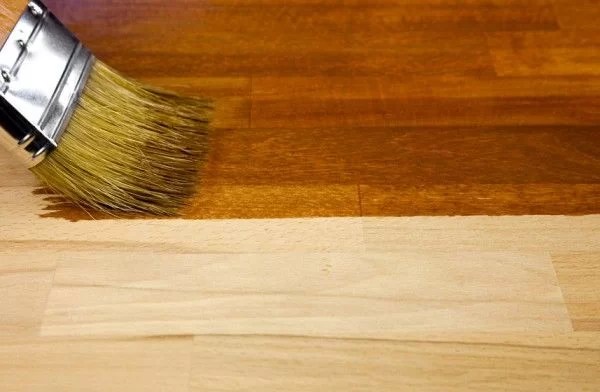

stain the wood It is not a very complicated job but, as they say, nobody is born taught and it is convenient to take into account a series of tips when staining objects or furniture made of untreated wood.
The first step is sand the surface to be treated well in the direction of the beta, in this way we will be able to open the pore of the wood and that the product penetrates correctly. After sanding we must clean up dust residueeither by vacuuming or with a damp cloth, the important thing is that when we pass our hand over the surface, no dust particle remains attached to us, since when we apply the product, it is most likely to be seen.
Each wood and product responds in a different way, that is why it is very important test the product before a non-visible part of the wood and experiment with different finishes. In this case, I used a water-based stain for wood in a walnut tone on some untreated pine strips.
In the first test I did I applied the dye at 100% concentration on the wood with a brush, in this way the finish obtained is quite dark and barely shows the beta of the wood. This type of finish usually works well to give an aged and vintage look to the wood.
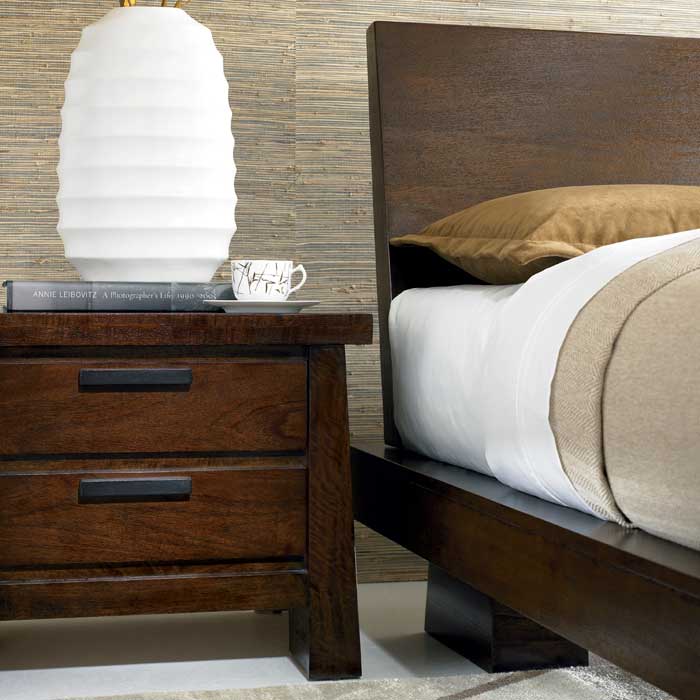
The next test consisted of using the concentrated dye but applying it with a cotton wristband (an old rag is also good for example). In this case, the finish allows the wood grain to be seen better but it is less uniform, lighter areas are observed and others are darker. This type of finish can be good for giving the wood an industrial look.
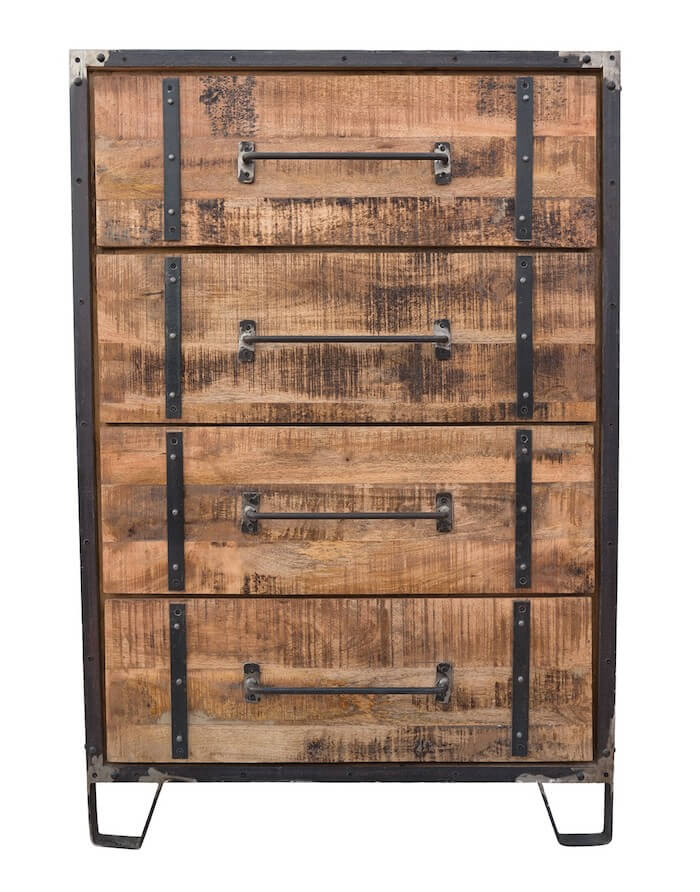
We can also dilute the product in water, in this way we get a much softer tone that we can apply in different layers until we obtain the desired color. Once the mixture is applied with a brush, the excess product is removed with a cotton cloth, achieving a uniform finish that allows the beta of the wood to be appreciated. This type of finish is ideal for gradually giving the desired tone to light wood until the desired tone is achieved.
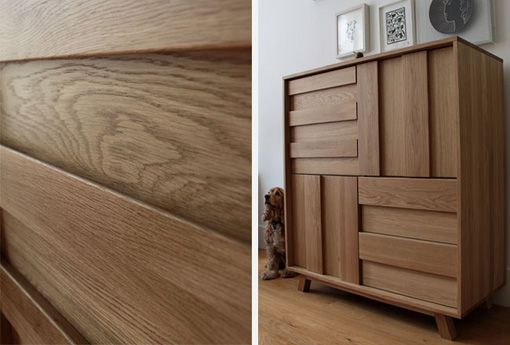
Lastly, you can apply dye diluted in water with a rag, obtaining a less uniform finish that manages to highlight some parts of the wood beta. In this way it is possible to treat the wood, giving it a very natural appearance.
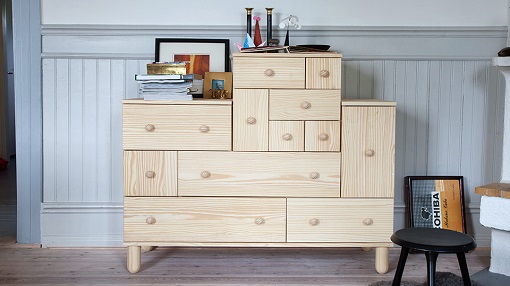
Once we have decided on the finish and stain that we are going to provide to the wood, we must protect it with a suitable product for interior or exterior, depending on the use that we are going to give it. For this we can use a varnish matte or gloss, oil that nourishes and beautifies the wood or wax that offers a bright, warm and natural appearance. I particularly prefer that the chosen option be colorless so as not to have unwanted color results or strange mixtures.
I hope that these tips have been helpful and have given you ideas for your next projects, I hope to be able to show you shortly how my first experience in this regard turned out.



